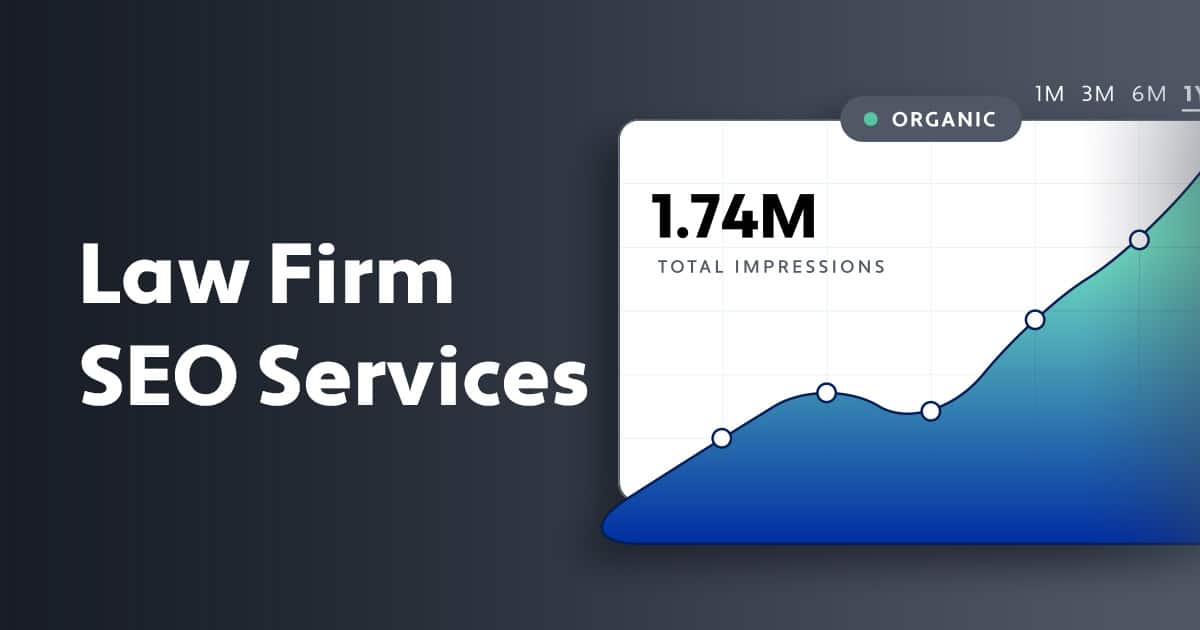In today’s competitive fitness industry, having a robust marketing plan is essential for the success of any gym. Whether you’re a new gym owner or looking to revamp your marketing strategies, creating a professional marketing plan can help you attract and retain customers effectively. This comprehensive guide will walk you through the process of developing a marketing plan tailored specifically to your gym’s needs.
Table of Contents
- Comprehending Your Audience
- Defining Your Unique Selling Proposition (USP)
- Conducting a SWOT Analysis
- Setting SMART Goals
- Crafting Your Marketing Mix
- Leveraging Social Media Platforms
- Implementing Email Marketing Campaigns
- Measuring and Analyzing Results
- Frequently Asked Questions
- What are the essential components of a professional marketing plan for a gym?
- How can gyms differentiate themselves from competitors in their marketing efforts?
- What role does social media play in gym marketing?
- How can gyms effectively measure the success of their marketing campaigns?
- What are some creative marketing strategies gyms can implement to attract new members?
- How important is it for gyms to regularly update and adapt their marketing plans?
- Conclusion
Comprehending Your Audience
Before delving into marketing strategies, it’s crucial to understand your target audience in detail. Identify the demographics of your ideal gym members, including age, gender, fitness goals, and interests. Conduct surveys, analyze social media insights, and gather feedback from current members to acquire valuable information about their preferences and behaviors.
Defining Your Unique Selling Proposition (USP)
Define your unique selling proposition (USP) – the special qualities or services that make your gym stand out. Whether it’s personalized training programs, state-of-the-art equipment, or a supportive community atmosphere, highlighting your USP will help attract potential members who resonate with your brand.

Conducting a SWOT Analysis
A SWOT analysis is a valuable tool for evaluating strengths, weaknesses, opportunities, and threats in the context of your gym’s operations within the global business landscape. Identify internal strengths, such as experienced trainers and modern facilities, alongside weaknesses, such as limited parking or outdated equipment. Explore external opportunities, such as partnering with local businesses or hosting community events, while also considering potential threats, such as new competitors entering the market on a global scale.
Setting SMART Goals
Effective marketing plans are built on SMART goals – specific, measurable, attainable, relevant, and time-bound. Whether your goal is to increase membership sign-ups, boost online engagement, or enhance brand awareness, ensure each objective aligns with the SMART criteria. For example, aim to increase membership by 20% within the next six months through targeted digital marketing campaigns.

Crafting Your Marketing Mix
The marketing mix encompasses the various tactics and channels you’ll use to promote your gym. From traditional advertising methods like print ads and flyers to digital strategies such as social media marketing agency and email campaigns, choose a mix of tactics that best reach your target audience. Don’t forget to incorporate offline tactics like hosting open houses or sponsoring local events to engage with the community.
Leveraging Social Media Platforms
In today’s digital age, social media platforms play a crucial role in gym marketing. Create engaging content that showcases your gym’s facilities, classes, and success stories. Encourage members to share their fitness journey on social media, and leverage user-generated content to build authenticity and trust. Utilize targeted advertising features to reach potential members based on their interests and demographics.
Implementing Email Marketing Campaigns
Email marketing remains one of the most effective methods to nurture leads and retain existing members. If you’re seeking an email marketing expert near me, consider the following strategies. Begin by building an email list of current and prospective members, and regularly send newsletters with updates on classes, promotions, and success stories. Personalize your emails based on member preferences and behavior, and include compelling calls-to-action that encourage engagement and conversions.
Measuring and Analyzing Results
To ensure the success of your marketing efforts, regularly monitor and analyze key performance indicators (KPIs). Track metrics such as website traffic, social media engagement, conversion rates, and member retention. Use analytics tools to identify trends, optimize your marketing strategies, and make data-driven decisions to continuously improve your gym’s performance.
Frequently Asked Questions
What are the essential components of a professional marketing plan for a gym?
A professional marketing plan for a gym should include elements such as understanding the target audience, defining a unique selling proposition, conducting a SWOT analysis, setting SMART goals, crafting a marketing mix, leveraging social media, implementing email marketing campaigns, and measuring results.
How can gyms differentiate themselves from competitors in their marketing efforts?
Gyms can differentiate themselves by highlighting their unique features and services, fostering a supportive community atmosphere, offering personalized training programs, providing exceptional customer service, and engaging with members through social media and events.
What role does social media play in gym marketing?
Social media platforms serve as powerful tools for gym marketing, allowing businesses to showcase their facilities, classes, and success stories, engage with current and prospective members, and target specific demographics with personalized content and advertisements.
How can gyms effectively measure the success of their marketing campaigns?
Gyms can measure the success of their marketing campaigns by tracking key performance indicators such as website traffic, social media engagement, conversion rates, and member retention. Utilizing a data table to organize and analyze these metrics enables businesses to evaluate the effectiveness of their strategies and make informed, data-driven decisions for future marketing efforts.
What are some creative marketing strategies gyms can implement to attract new members?
Creative marketing strategies for gyms may include hosting themed fitness events, partnering with local businesses for cross-promotions, offering referral incentives for current members, creating engaging challenges or contests on social media, and collaborating with fitness influencers or bloggers to reach new audiences.
How important is it for gyms to regularly update and adapt their marketing plans?
It’s crucial for gyms to regularly update and adapt their marketing plans to stay relevant in a competitive market and meet the evolving needs of their target audience. By staying informed of industry trends, monitoring different competitor strategies, and analyzing customer feedback, gyms can continuously refine their marketing efforts for optimal results.
Conclusion
Creating a professional marketing plan for your gym is a multifaceted process that requires careful planning, strategic execution, and ongoing evaluation. By understanding your target audience, defining your unique selling proposition, and leveraging a mix of traditional and digital marketing tactics, you can attract new members, retain existing ones, and position your gym for long-term success.




